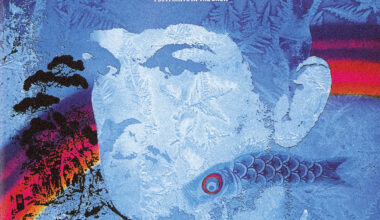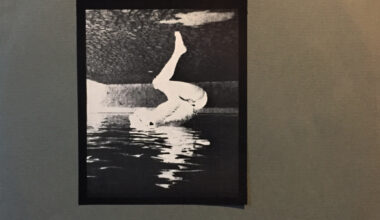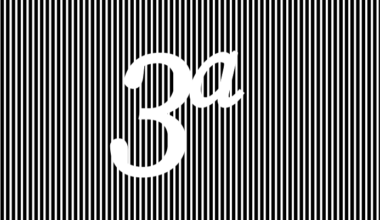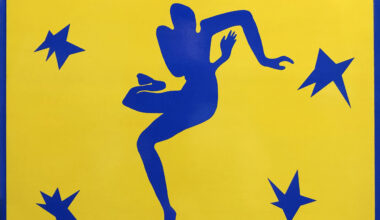This month’s trawl through our resident archivist’s collection of many obscure treasures turns up a handful of records that claim “pyscho acoustic” properties

What are records with “psycho-acoustic” properties? Good question. I’ve dug out four albums that claim to be recorded with special techniques which make for unique listening experiences. Probably the most well-known record in this haul is ‘Dreams Less Sweet’ by Psychic TV. It was released in 1983 and was recorded using the Zuccarelli Holophonic recording device. The sleeve notes say that the device was nicknamed “Ringo”, and that “no microphones at all were used in the recording of this LP”. You could send an SAE to a residential address in north London for more information on the Zuccarelli Holophonic system, and how best to set up the “optimal listening conditions” for it.
Zuccarelli is an Argentinian inventor who came up with Holophonics when he was a student at the Polytechnic of Milan in 1980. According the Holophonics website, Holophonics is “a proprietary sound processing technique used to capture the full spectrum of essential information travelling from the ear to the brain in the recording environment”. There’s not a lot of detail about how it’s done, but there are demos you can listen to on YouTube. When I first heard this album, I could swear that I heard things behind me, sounds happening in three dimensions. At one point there’s a dog growling sound, it’s really creepy.
Another album in this category is one we’ve talked about before, The Anti-Group’s ‘Digitaria’. The system they used is called ambisonics. It’s similar to the Holophonic system, and enabled sound to appear in four dimensions (three physical dimensions, time being the fourth), but using normal stereo playback. It used the Soundfield microphone, which was based on the idea of “sampling on the surface of a sphere”. Apparently it was developed in the 1970s by The National Research Development Corporation, which was set up after the war to licence government-developed technology to private companies. They also came up with the hovercraft and carbon fibre.
‘Journey To The Land Of Forgotten Dreams’ is a really good album from 1974 by someone called Lorq Damon. There’s not much information out there about him. The album itself is a private pressing, with a green photocopied page of handwritten sleeve notes. It was made in Milwaukee, which is where I picked up a copy.
The notes explain that the whole album is about astral projection and gives suggestions on how you should prepare yourself and the room for listening. It says the room should be dark, or dimly lit, and not with white light. You should then surround yourself with speakers, and the best time of day to listen is between 10pm and 2am.
The claim is that the music takes you through alpha dream states until you feel the sensation of “falling up”.
The last track on the album is called ‘Journey Backwards’ which plays the first track backwards. It says it helps bring the listener back to the conscious world. There’s a final message that invites listeners to feedback with their comments and suggestions “for further testing and the development of future records”. There were no future records.
Finally, there’s this great album called ’Music To Freak Your Friends And Break Your Lease’ by Heins Hoffman-Richter. Its alternative title is ‘Symphony For Tape Delay, IBM Instruction Manual, & Ohm Septet’. It’s on Stanyan Records, which was the label run by the American singer/songwriter, composer, musician and poet Rod McKuen, and this album is actually him under a pseudonym.
He performed his poetry with the beat poets in the 1950s, and later worked with Jacques Brel. This weird album is really good electronic music, divided into four “movements”. It was recorded in ‘Stanyan Quad Sound’, and the extensive sleevenotes make up a backstory about Heins Hoffman-Richter. “Soon the face of Heins Hoffman-Richter became familiar as he haunted the most advanced electronic labs in Germany, Austria, England, Japan, Turkey and Tasmania,” they claim. It also says that he premiered the work at an “off-Soho nightclub”, but that the audience fled in to the “London fog” leaving the piece being performed to “a few junkies”. Hoffman-Richter died of “an ear lobe tumour” before his genius was recognised. McKuen himself died in 2015.





